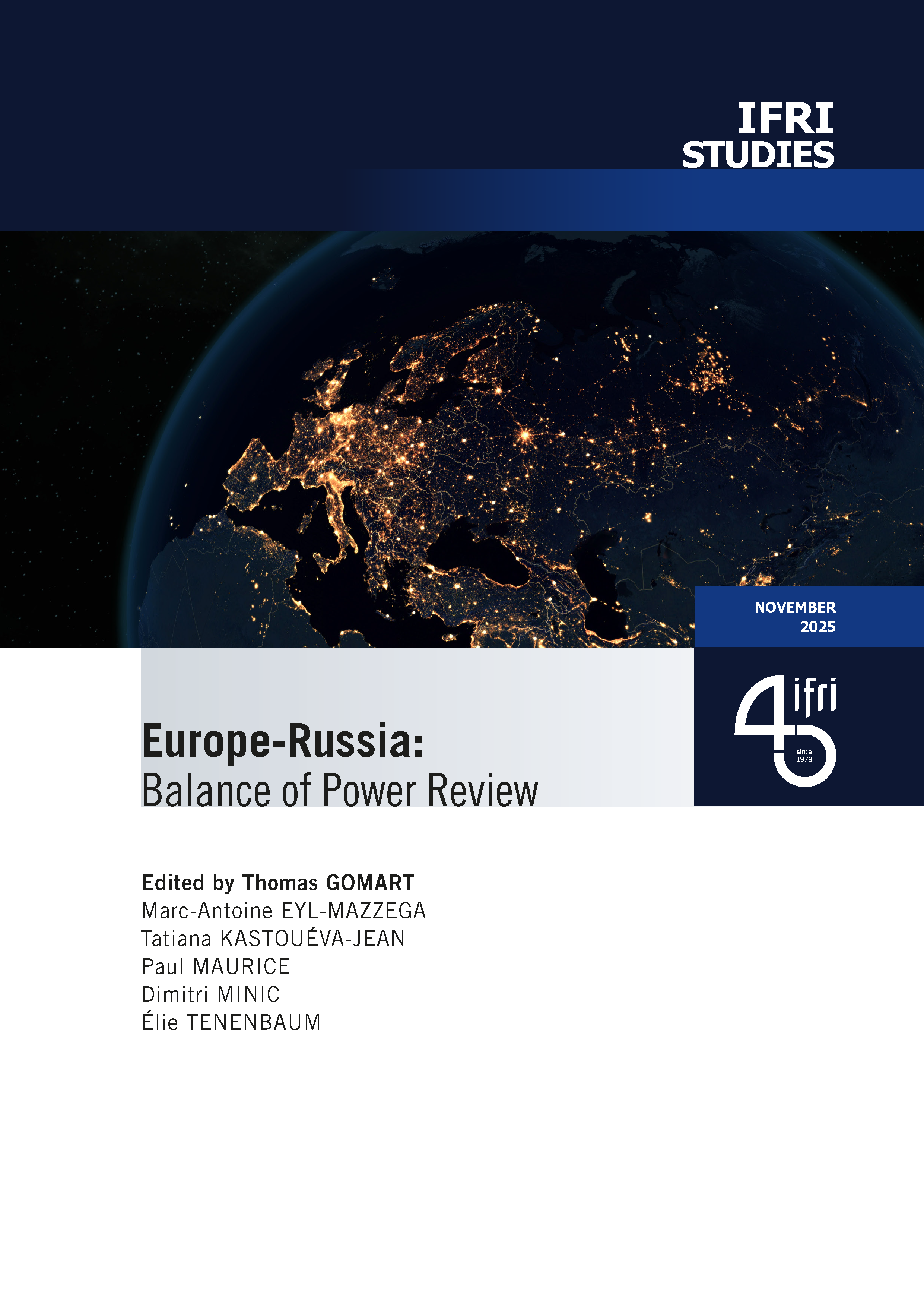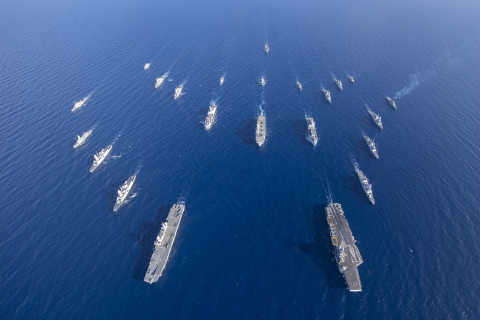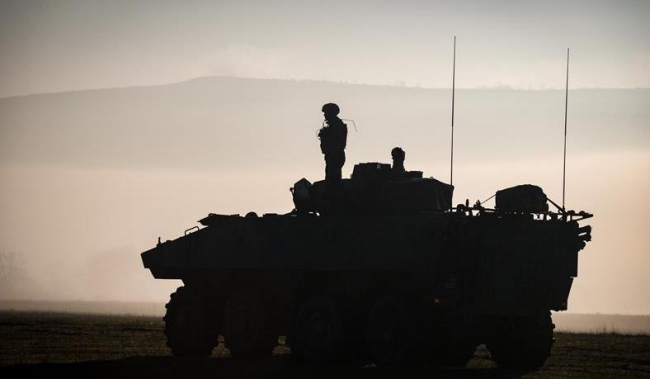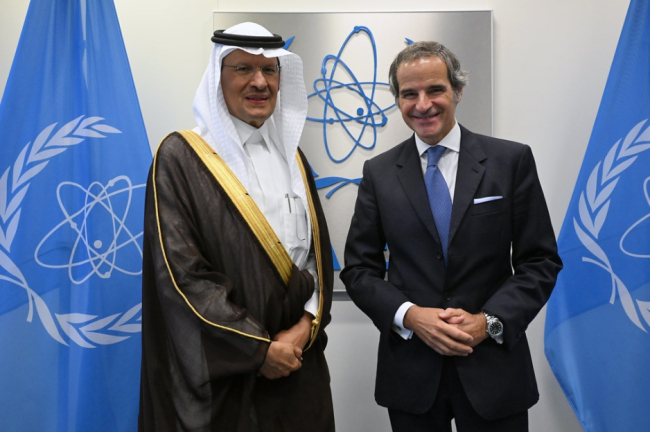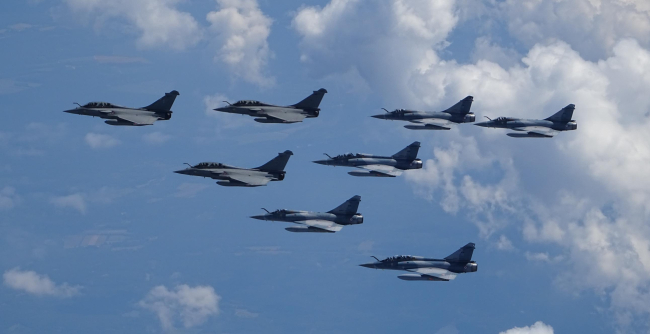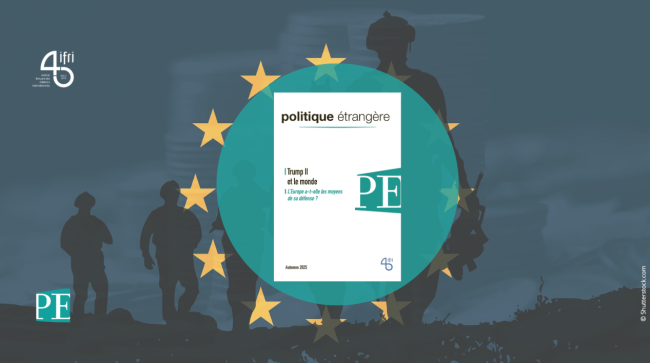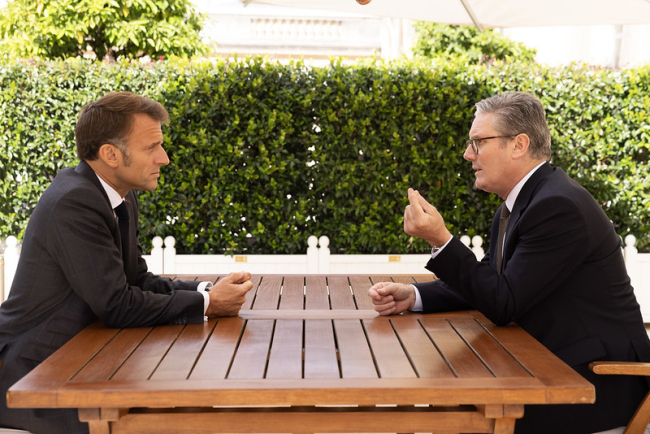La fourmilière du général : le commandement opérationnel face aux enjeux de haute intensité
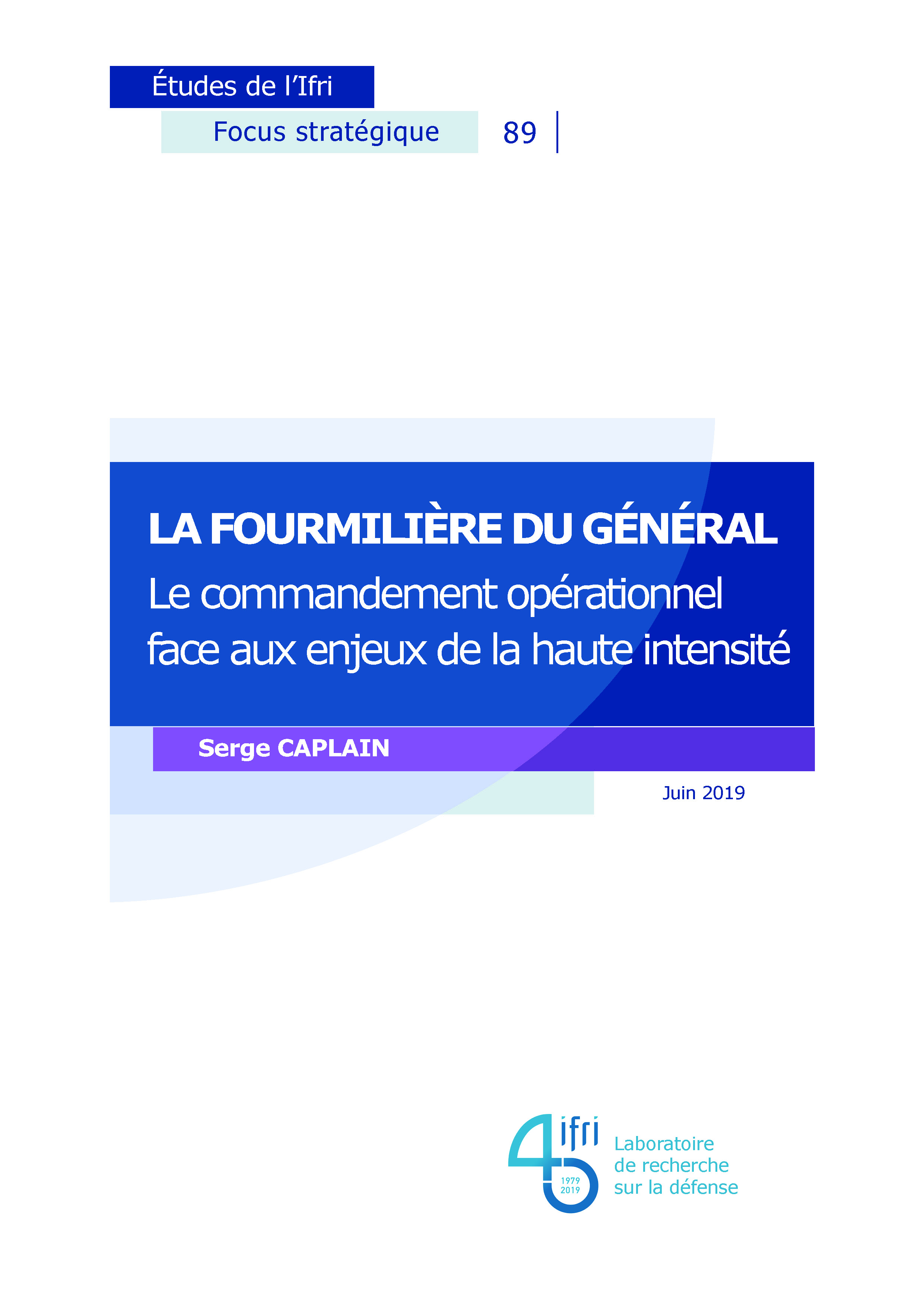
Operational command structures have always been able to adapt to the strategic context. However, they now face a new challenge: high intensity threats.
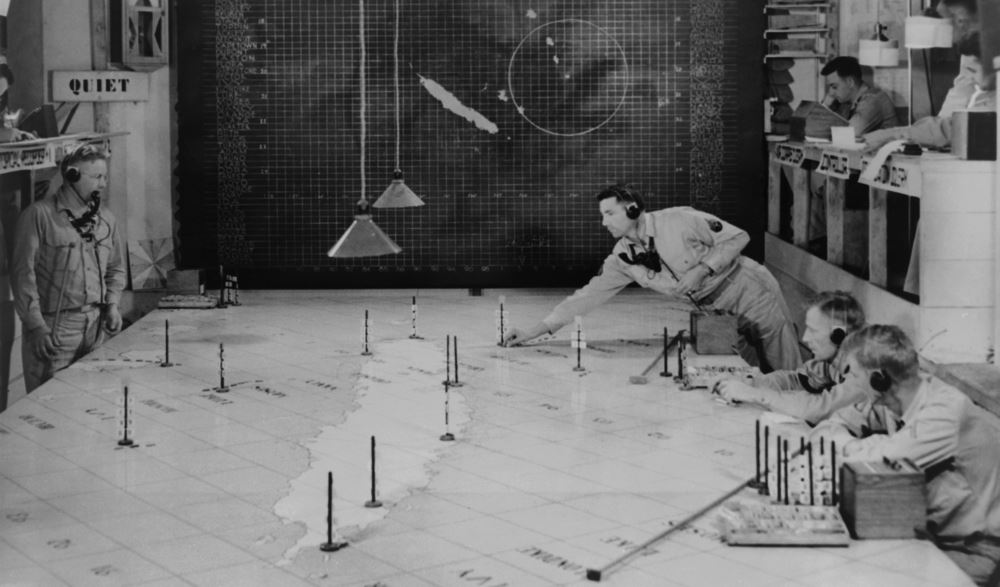
Modern operational command structures, although very different from their elders, perform more or less the same functions. These are systems of systems which allow military leaders to command and control armed forces in operation, from the highest strategic level to the lowest tactical level. Under the combined effect of new technology, multilateralism or in order to adapt to asymmetric conflicts, these structures have become increasingly complex and resource-intensive. But as high intensity threats are re-emerging, command structures will need to evolve and face new challenges, especially in terms of vulnerability. Even though inertia and resistance to change should not be downplayed, there is ample room for improvement, mixing technology and human factor, so as to better protect existing structures and adapt them to their new environment.
This content is only available in French: La fourmilière du général: le commandement opérationnel face aux enjeux de haute intensité.

Available in:
Regions and themes
ISBN / ISSN
Share
Related centers and programs
Discover our other research centers and programsFind out more
Discover all our analysesSaudi Arabia’s Nuclear Temptations. Lessons Learned from Regional Instability
Saudi Arabia’s integration in the international arena and regional stability, notably through reducing its dependence on fossil energies, are crucial elements for the success of the Kingdom’s Vision 2030, the Crown Prince’s top priority. However, Mohammed bin Salman’s declarations in 2018 and 2021, indicating that “if Iran develops a nuclear bomb, we will follow suit as soon as possible”, combined with the recent strikes on key Iranian nuclear facilities, do not bode well for the future of the Kingdom, the region and the non-proliferation regime at large.
The Future of Air Superiority. Command of the Air in High Intensity Warfare
Air superiority, understood as control of the air, is a cornerstone of the Western art of warfare. It is a decisive condition, albeit not sufficient by itself, to achieve military victory, as it enables the concentration of air power toward the achievement of wider strategic objectives and protects other components from unbearable attrition levels. It is best achieved through the offensive use of air power in a joint effort to neutralize the enemy’s air power.
Europe Uncovered?
As Russia continues to threaten Europe, the Trump administration is making no secret of its desire to withdraw—at least partially—from the defense of the Old
Continent in order to focus on strategic competition with China. It is thus putting pressure on its European allies to increase their investment in the military sector. The NATO Summit in The Hague in June 2025 resulted in ambitious commitments by member states to increase their defense spending.
How should Britain and France cooperate to realise the Northwood Declaration?
During his state visit to the United Kingdom (UK) last week, Emmanuel Macron, President of France, signed a joint declaration with Sir Keir Starmer, Prime Minister, on nuclear cooperation between Britain and France. The Northwood Declaration highlights that while both countries’ nuclear arsenals remain sovereign, cooperation on nuclear deterrence can ‘contribute significantly’ to the security of the North Atlantic Treaty Organisation (NATO) and the Euro-Atlantic region.


